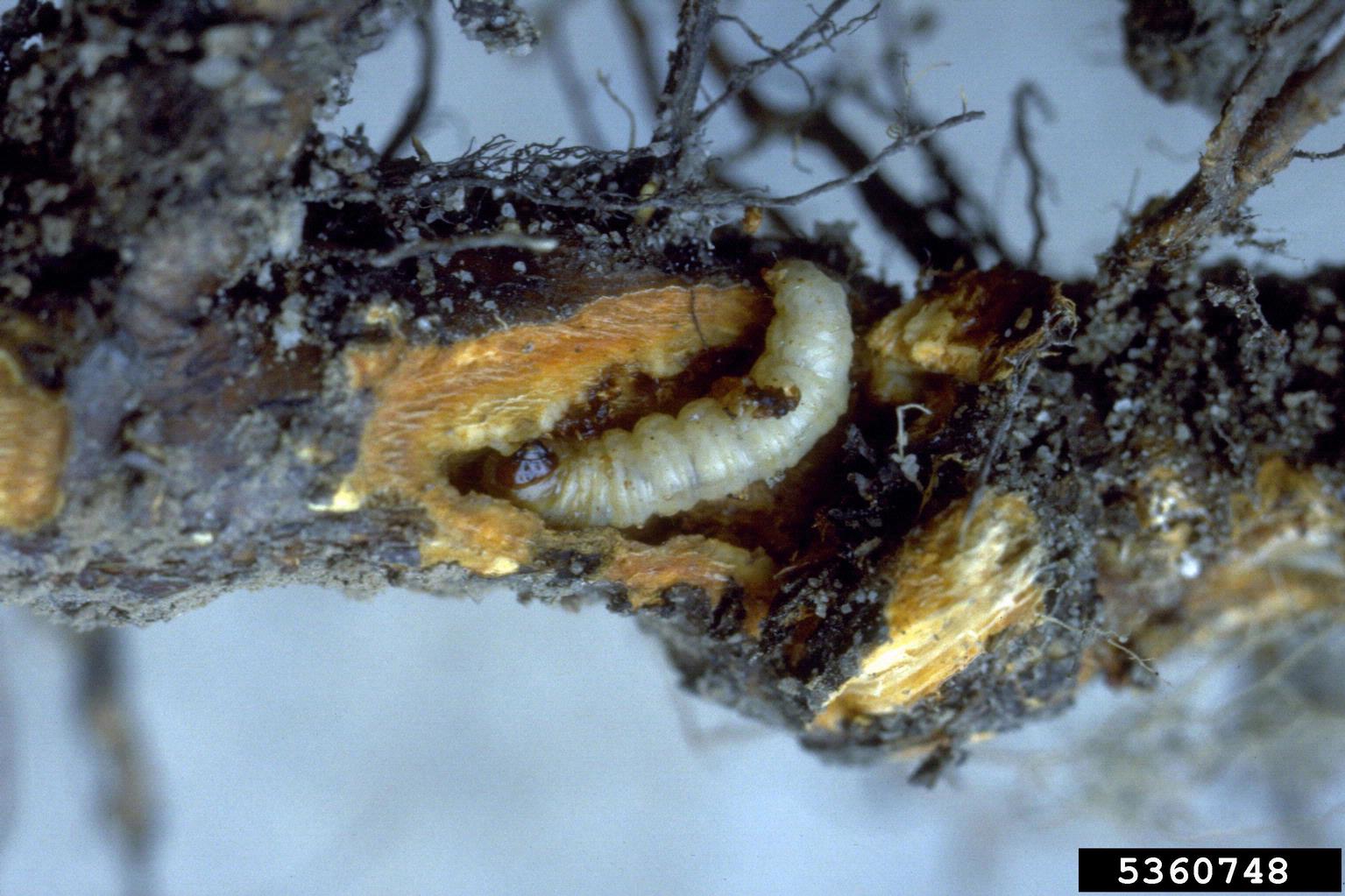Description
Selectively attracts Loxagrotis albicosta for monitoring the pest population and reducing the number of breeding adults.
Contents
Lure Pack (PWL612): 3 pheromone lures. MSRP $9.99. Case of 10.
Trap Pack (PWT002): 3 paper delta traps with hangers. MSRP $14.99. Case of 10.
Dimensions
Lure Pack: 6 x 4 x 0.25 inch, 0.1 lb (unit), 6 x 4 x 4 inch, 0.5 lb (case)
Trap Pack: 11 x 5 x 0.25 inch, 0.2 lb (unit), 12 x 6 x 6 inch, 2.5 lb (case)
Useful Information
Western Bean Cutworm
Wholesale orders only. Price and quantity is by the case.
For retail ordering visit our Store Finder.
Adding product to your cart
Selectively attracts Loxagrotis albicosta for monitoring the pest population and reducing the number of breeding adults.
Contents
Lure Pack (PWL612): 3 pheromone lures. MSRP $9.99. Case of 10.
Trap Pack (PWT002): 3 paper delta traps with hangers. MSRP $14.99. Case of 10.
Dimensions
Lure Pack: 6 x 4 x 0.25 inch, 0.1 lb (unit), 6 x 4 x 4 inch, 0.5 lb (case)
Trap Pack: 11 x 5 x 0.25 inch, 0.2 lb (unit), 12 x 6 x 6 inch, 2.5 lb (case)
Useful Information

Western Bean Cutworm
Loxagrotis albicosta


Crops Affected: Corn, beans
States Affected: AZ, UT, CO, ID, WY, TX, OK, KS, NE, SD, IA, MN, WI, IL, IN, MI, OH, PA, NY, NJ, DE, CT, RI, MA, VT, NH, ME
Life Cycle: This moth overwinters as a pre-pupae or pupae in the upper 12 inches of loose soil, and at shallower depths in compact soil. Adults emerge in spring, and are mostly nocturnal. They can be found resting on corn leaves during the daytime. Eggs are deposited on the upper surfaces of corn leaves and on the underside of soy leaves. Larvae hide during the day in corn ears or in the soil at the base of the plant, and are active at night. There is one generation per year.
Damage: Larvae feed on corn tassels and silks, kernels, and bean pods and seeds. Damage can also lead to mold or disease.


Season to Trap: May to July
How To Use: Hang trap with lure inside at shoulder height near at risk or affected crops. Replace lures every 30 days through the season, and replace traps when 70% saturated. Adult males are attracted to the pheromones in the lure and the color of the traps in this kit. Once they land on the sticky trap, they become ensnared, never to mate or lay eggs again.
Additional IPM Solutions: Avoid practices that destroy or disrupt native beneficial insects and nematodes. For corn, apply pesticides at the time of egg laying, as larvae will quickly become protected from sprays when they move inside the corn ear or under the soil. For beans, sprays may be more effective. B.t., pyrethroids, and spinosad are listed for this pest. Autumn tillage can disrupt overwintering pupae.
Earth Friendly
Professional's Choice
Proven Effective
Fast Shipping
Photography and graphic art copyright:
Pest Wizard Brands LLC
Larva curled: Whitney Cranshaw, Colorado State University, Bugwood.org
Adult: Adam Sisson, Iowa State University, Bugwood.org
Larva on ear of corn: Whitney Cranshaw, Colorado State University, Bugwood.org
Larvae with eggs: Frank Peairs, Colorado State University, Bugwood.org
Eggs: Frank Peairs, Colorado State University, Bugwood.org















